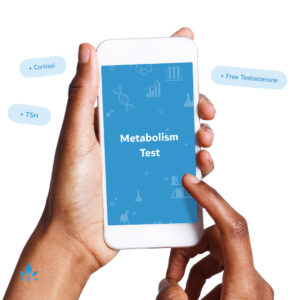Does Your Child Need Medical Marijuana?


Marijuana, or cannabis, has been used for a variety of medicinal purposes for many years. Doctors prescribe medical marijuana to treat numerous symptoms and diseases, including seizure disorders, muscle spasms, nausea, cancer, weight loss, and poor appetite caused by chronic diseases.
Currently, 20 states and the District of Columbia have legalized the use of medical marijuana under the supervision of a physician. Many of these same states have also approved the use of the drug in children. But is there really evidence that cannabinoids are safe or effective in children?
Anecdotal evidence
Throughout the US, hundreds of families have experienced some degree of success in treating pediatric diseases with medical marijuana. These personal accounts range from significant reductions in seizures, increased appetite, and pain management to treatment of muscular dystrophy, cerebral palsy, and autism. For many of these families, medical marijuana has been delivered in the form of an oil, which is low in tetrahydrocannabinol, or THC. This is the chemical that produces the psychoactive properties associated with marijuana. The oil is also high in cannabidiol, the chemical that contains the medicinal properties produced by medical marijuana.
Research and safety concerns
Despite these many anecdotal reports, the lack of clinical research and limited information on the long-term safety of medical marijuana leads many doctors and medical professionals to caution against its use. The few studies that have been conducted on medical marijuana have found that cannabinoids trigger the endocannabinoid system. This is a physiological system that helps control mood, appetite, and feelings of pain. In animal studies, cannabinoids have also been shown to slow the growth of tumors, which is promising in the treatment of cancer.
Although this research is encouraging, very little is known about the efficacy and safety of medical marijuana — especially in children. Research is especially difficult to conduct since marijuana is classified as a Schedule I drug, which makes it difficult to study in humans.
There are numerous safety concerns associated with the use of cannabinoids in treating pediatric diseases. The American Academy of Pediatrics (AAP) has questioned the safety of the treatment on the developing nervous systems and brains of children.
Unintentional marijuana exposure in children is another concern for parents, doctors, and researchers. Overall, while the reports of successful treatment with cannabinoids are promising, many, including the AAP, strongly advocate for additional research being conducted on the therapeutic benefits and potential side effects of medical marijuana before it can be safely prescribed for use in children.
Sources:
- Pediatrics
- Pediatric Marijuana Exposures in a Medical Marijuana State.
Medscape Medical News - Medical Marijuana.
The Scientist - Medical Marijuana for Kids.
Powered by Bundoo®












































